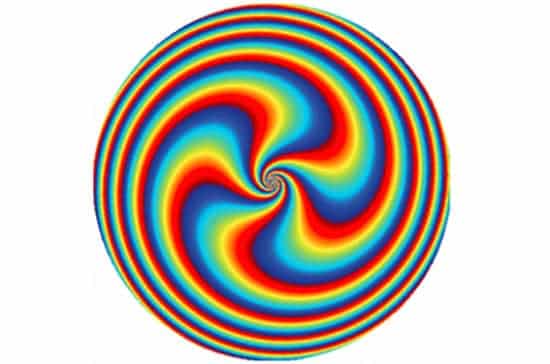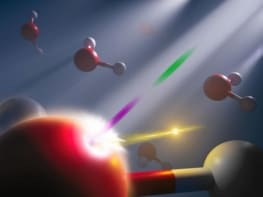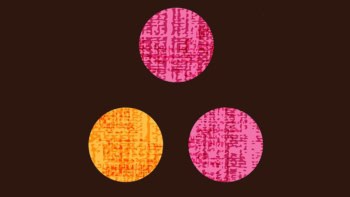Flash Physics is our daily pick of the latest need-to-know developments from the global physics community selected by Physics World‘s team of editors and reporters

Plasma shortens the wavelength of twisted light
A new way of creating twisted light at extreme-ultraviolet (EUV) wavelengths has been developed by Fabien Quéré and colleagues at the University of Paris-Saclay in France. Twisted light carries orbital angular momentum and has a range of potential applications, from boosting the capacity of optical-telecommunications networks to high-resolution microscopy. The new technique involves first creating a powerful pulse of twisted infrared light by passing a 25 fs 100 TW laser pulse through a 1 mm-thick silica plate with a spiral pattern on it. This twisted light is then fired at a plasma that has been created by heating a silica target with a second infrared pulse. The plasma acts as a mirror that reflects some of the pulse as a twisted light at much shorter EUV wavelengths. Physicists are currently working on several different schemes for making EUV twisted light. Writing in Physical Review Letters, Quéré and colleagues say that such sources “might find intriguing applications as advanced probes of matter”. Vortices created within the plasma during the conversion process could also be useful for accelerating charged particles to very high energies – effectively operating as table-top accelerators.
Is graphene a p-wave superconductor?

Scientists have unlocked graphene’s superconductivity, which could be the elusive p-wave type. Superconductors exhibit zero electrical resistance at very low temperatures. The type of superconductivity exhibited (s-, d- or p-wave) is defined by how the material’s electrons form superconducting pairs. Graphene – a sheet of carbon one-atom thick – is expected to be a superconductor, but superconductivity has only been seen when it is doped with another superconducting material. Now, researchers at the University of Cambridge in the UK have managed to overcome this problem. Angelo Di Bernardo, Jason Robinson and colleagues coupled the graphene with praseodymium-cerium copper oxide (PCCO). PCCO is a known d-wave superconductor because its electron-pair spin states are oriented in a certain way. But when coupled with graphene, that orientation changed. The group speculates that this means the graphene is exhibiting rare p-wave superconductivity, which physicists have been struggling to verify exists for more than 20 years. The combination of graphene’s superconductivity and the potential observation of p-wave superconductivity could lead to the development of new technologies based on the material. The work is published in Nature Communications.
Sun does not affect radioactive decay, says comprehensive study
The rates at which radioactive nuclei decay are constants and do not vary with time – according to Stefaan Pommé of the Joint Research Centre (JRC) of the European Commission in Geel, Belgium and colleagues. The team looked at decay-rate measurements made on a number of different isotopes at 14 laboratories worldwide and spanning 60 years. After performing careful statistical analyses of the data, the researchers have showed that the decay rates do not change over time and are not influenced by the experiments’ proximity to the Sun. Several studies had suggested that decay rates are affected by the distance between the Earth and the Sun – speculating that the corresponding fluctuations in solar-neutrino flux were responsible. “The study confirms that the foundation of our common measurement system of radioactivity is valid and that radioactivity behaves the same in every place on Earth,” says a statement from JRC Geel. The study is reported in four papers including three published in Metrologia.
- You can find all our daily Flash Physics posts in the website’s news section, as well as on Twitter and Facebook using #FlashPhysics. Tune in to physicsworld.com later today to read today’s extensive news story on fraud and research funds.



